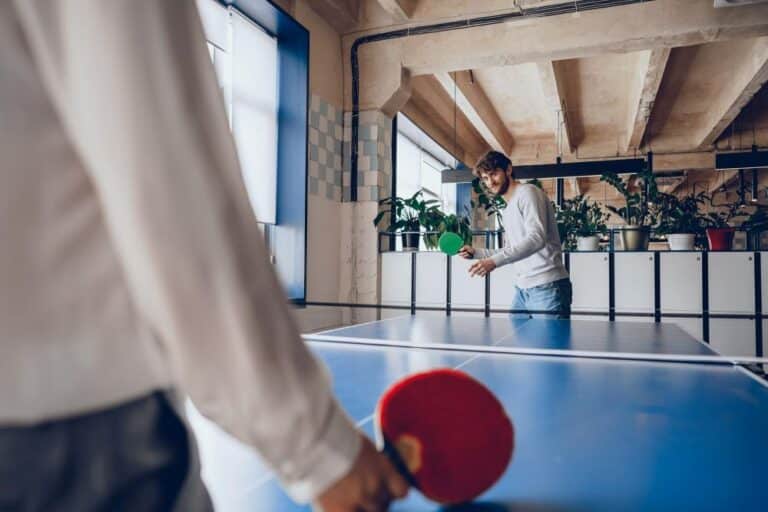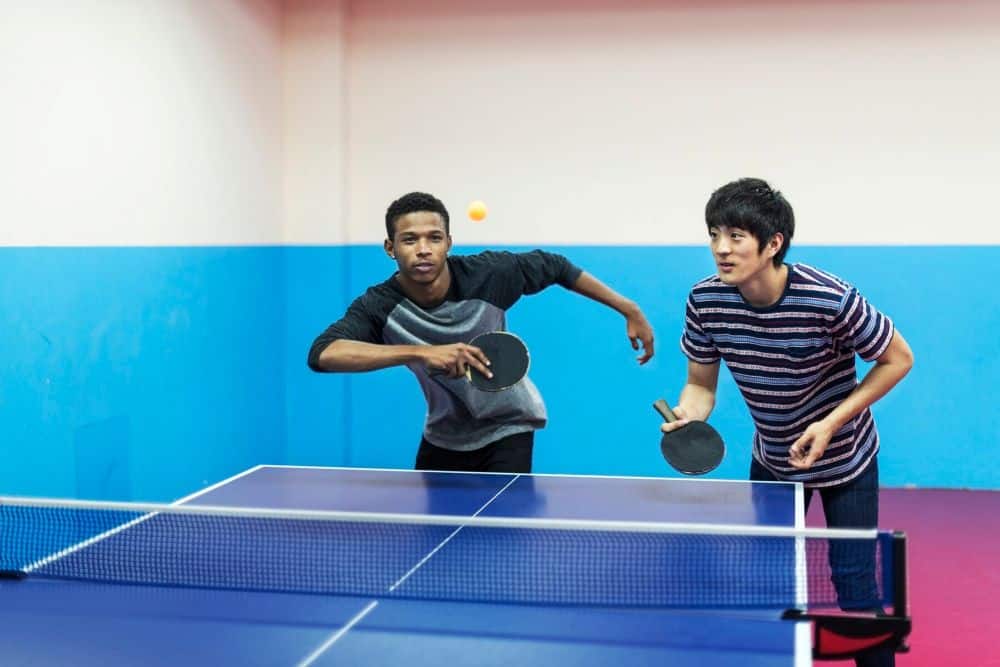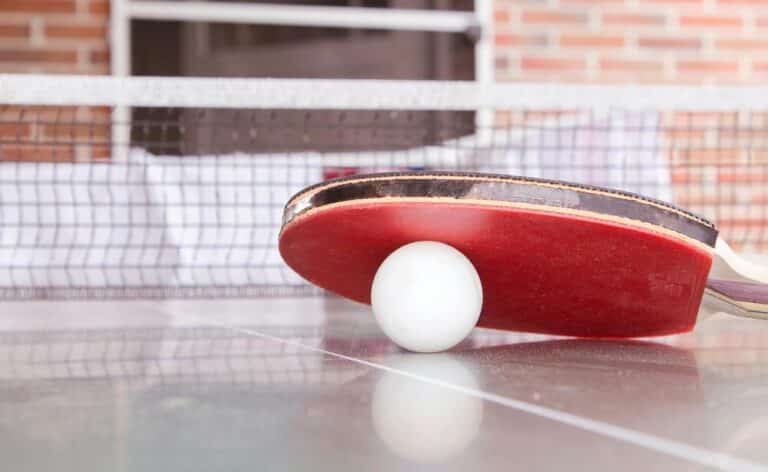Table Tennis Rules: A Beginner's Guide to Play
Yi Long, 12 Feb 2025

You’ve found yourself drawn to the fast-paced excitement of table tennis, eager to pick up a paddle and join a game. But before diving in, you realise a fundamental truth—understanding the rules is just as crucial as having the right equipment.
What are the basic rules of playing table tennis?
1. Serving Rules
Serving is a crucial part of ping pong, and even if you have the ideal table tennis bat, you must still know the rules to achieve fair play and a smooth game. Some of the key serving rules in table tennis you need to understand include:
- The Serve: To initiate a serve, the ball must be held freely on an open palm. Then, it must be tossed upwards, without imparting any spin, to a height of at least 16cm. Upon descent, the ball must be struck so that it first bounces on the server’s side of the table and subsequently on the receiver’s side.
- Service Sequence: In singles play, the serve alternates between players every two points. In doubles, the service sequence alternates between pairs, with each player within a pair taking turns serving.
- Legal and Illegal Serves: For a serve to be legal, the ball must be visible to the receiver throughout the action and struck behind the end line of the table. Conversely, illegal serves include actions like hidden serves, where the server obscures the ball with their body or free hand and serves with an excessive spin that makes it unduly difficult for the receiver to return. Additionally, illegal serves result in a point being awarded to the receiver.
2. Gameplay Rules
Beyond the serve, the core gameplay of a table tennis game involves specific rules for returning shots, playing doubles, and handling lets:
- The Return: After a legal serve, the receiver must return the ball so that it bounces on the opponent’s side of the table. Then, subsequent returns must alternate between players, with each player hitting the ball after it bounces once on their side.
- Doubles Play: In doubles, players on a team alternate hitting the ball, and the serving order must be maintained throughout the game. Before the start of each game in doubles, the serving order is decided. Also, the receiving pair decides which player will receive first.
- Let: A “let” is called when a serve hits the net but is otherwise legal or when play is interrupted by an unforeseen circumstance. In such cases, the point is replayed.
3. Scoring and Winning

Aside from following the rules of gameplay, understanding how points are scored and how a match is won is fundamental to enjoying any table tennis game. One of the essential scoring elements that you must know is that points are awarded when an opponent fails to make a legal return, commits a foul, or violates the table tennis rules.
Also, the first player to score 11 points, with a two-point lead, wins the game. However, if the score is 10-10, the game will go on until one player achieves a two-point margin.
A match itself consists of an odd number of games, typically best of three, five, or seven. Ultimately, the player who wins the majority of the games wins the match.
4. Common Fouls and Violations
To ensure fair play and prevent any unintentional advantages, several common fouls and violations are strictly enforced in table tennis. Remember these pointers to avoid penalties and maintain a clean game:
- Touching the Table: It is a foul to touch the playing surface with your free hand during a point. This rule is in place to prevent players from gaining an unfair advantage by steadying themselves or influencing the ball’s trajectory.
- Volleying: You cannot hit the ball before it bounces on your side of the table. Remember, volleying, or hitting the ball in the air before it bounces, results in a point for your opponent.
- Obstructing the Ball: You cannot obstruct the ball with your body or paddle. This includes intentionally blocking the ball’s path or using any part of your body or paddle to interfere with your opponent’s ability to make a legal return. After all, this rule ensures that players rely on their skill and technique rather than physical interference.
Master the Rules, Master the Game
If you want an enjoyable and fair playing experience, you need to study the basic rules of table tennis. Whether you’re a casual player or aiming for competitive matches, knowing these guidelines ensures smooth gameplay and prevents misunderstandings.
Ready to elevate your game and learn from experienced coaches? Sign up for a comprehensive table tennis class in Singapore at Xiao Bai Qiu. As a leading ping pong academy, we offer structured lessons and training for all skill levels.
Contact us today and discover the joy of playing table tennis with confidence.

